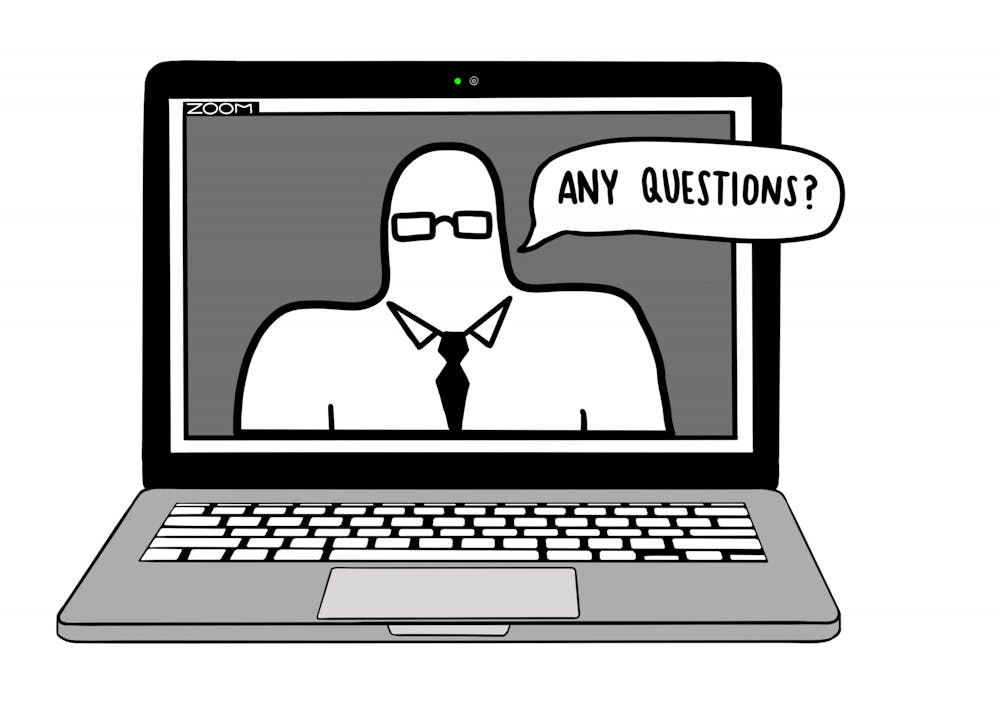Despite an eagerness among many in the community for a return to in-person learning this fall, not all professors have felt comfortable and ready to return to the classroom given the persistent risks of Covid-19.
According to Sujata Moorti, dean of faculty, professors could “decide individually, often in conversation with a department chair/program director” whether they wanted to teach remotely. Individual departments ultimately made decisions on teaching remotely rather than the administration, meaning that professors in different departments followed varying processes when trying to teach remotely.
Some professors have young unvaccinated children at home, some are or live with someone who is immunocompromised and others are simply wary about the risks of lecturing in a packed classroom.
The college is also allowing students to continue studying remotely this semester. To provide options for remote students, each department offered a few online classes that professors could opt to teach.
Rachael Joo, associate professor of American studies, said that whether a professor taught remotely or in person was decided case-by-case, with no clear announcement to faculty that teaching remotely was an option.
Throughout the pandemic, the college has emphasized the importance of in-person instruction to its liberal arts mission, which emphasizes close discussions and interaction between students and professors.
“There was an expectation that we were going to resume in-person learning in the fall,” said Trinh Tran, assistant professor of anthropology and education studies.
According to Moorti, the administration “offered faculty complete discretion in deciding teaching modalities.”
It was not, however, an option free of pressures and consequences, professors said. Tenure status weighed on many professors as they decided whether to teach remotely or in person.
“Junior faculty who may want to teach remotely may be threatened by the idea that they will be penalized for not coming to campus,” Joo said.
It seemed to Joo that tenured faculty, by comparison, felt freer to teach remotely because they do not face the same stakes as junior faculty.
In departments less supportive of remote teaching, junior faculty were under additional stressors in asking their department chair about remote instruction.
Joo said it seemed like the main reason the college wanted to return to teaching mostly in-person was for “marketing” and the appearance of “having the student’s best interests at heart.” Many NESCAC colleges, including Middlebury, highlight close student-professor connections and small, personal classes as part of the college experience. Not all NESCACs are offering remote learning this semester, some transitioning instead back to fully in-person courses.
Despite the opportunity for faculty to teach remotely, many professors were eager to return to the classroom and interact with their students instead of opting for teaching an online class.
“I teach best when I have students in the room, because there is a vibrational energy that happens in the class,” Tran said.




